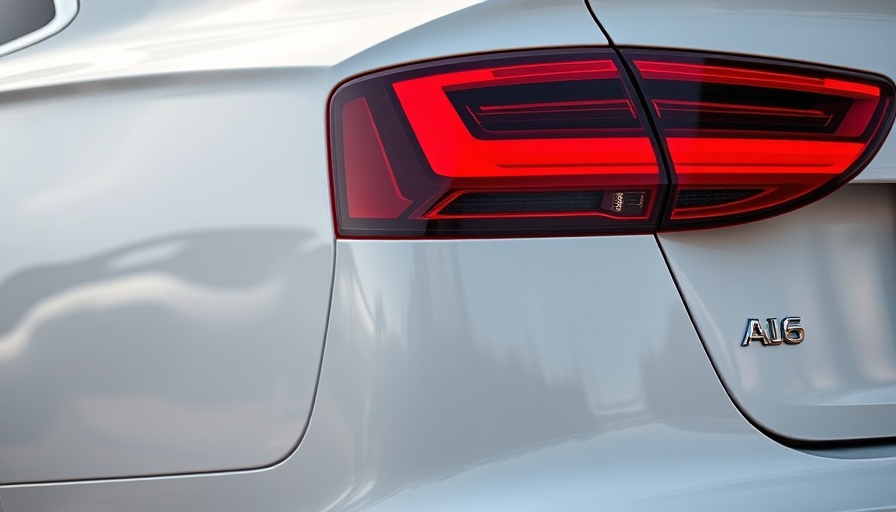
Understanding Audi's Shifting Naming Strategy
Audi is taking a step back from its previous attempts to develop a naming scheme for its vehicles, marking another twist in its branding story. Just months after announcing a new strategy in March 2023 that aimed to simplify consumer choices between gas and electric vehicles, the German manufacturer has reverted to its older schema, focusing primarily on vehicle size over engine type.
The New/Old Nomenclature Explained
Under Audi's renewed naming convention, vehicles will be defined by size, with numeric designations representing the model's class. Notably, suffixes are now introduced to clearly distinguish the powertrains. A gasoline-powered car will have the TFSI suffix, hybrids will be identified as TFSIe, while diesel models will use TDI, and electric vehicles will carry the e-Tron identifier. This clarity allows consumers to quickly grasp what type of vehicle they are considering without confusion over double-digit torque or output specifications.
Why This Change Matters for Dealerships
This shift back to familiar terms may seem trivial, but for dealership principals and GMs, it carries significant implications. Customers often express confusion when vehicle names become overly complex. By simplifying the approach, Audi is not just enhancing its brand stability but also allowing dealerships to better communicate with potential buyers. A clear naming strategy can lead to customer confidence and ultimately affect sales positively.
Future Models Showcase Audi's Strategy
Looking ahead, the next generation of Audi's vehicles, beginning with the A6, will now embody this new-old naming structure. Initially slated to be launched as the A7, the new A6 will feature both combustion and electric versions, highlighting Audi's strategy of balancing its traditional lineup with the increasing demand for electric options. These changes are crucial as Audi tries to navigate consumer preferences while still preparing for a more electrified lineup.
Consumer Reception and Industry Impact
Interestingly, while Audi once aspired to go completely electric by 2033, they’ve adjusted that goal, now opting for a more flexible approach. This shift acknowledges consumer resistance to giving up combustion engines immediately, and how important it is for dealerships to stay ahead of evolving market trends. As such, understanding these changes will empower dealership leaders to better manage their inventory and customer relations.
The Competitive Landscape
This evolution in Audi's branding is reflective of larger trends within the automotive industry, where clarity and consumer understanding are paramount. Other brands have also experimented with naming conventions, such as Cadillac, but Audi's reversion to familiarity serves as an important example for franchise owners on the importance of aligning naming strategies with customer preferences. As consumer trust becomes increasingly valued, maintaining continuity may prove beneficial in fostering long-term relationships with clients.
 Add Row
Add Row  Add
Add 




Write A Comment